Home>Garden Essentials>Define Fallow And Describe How It Relates To Crop Rotation. Ap Human
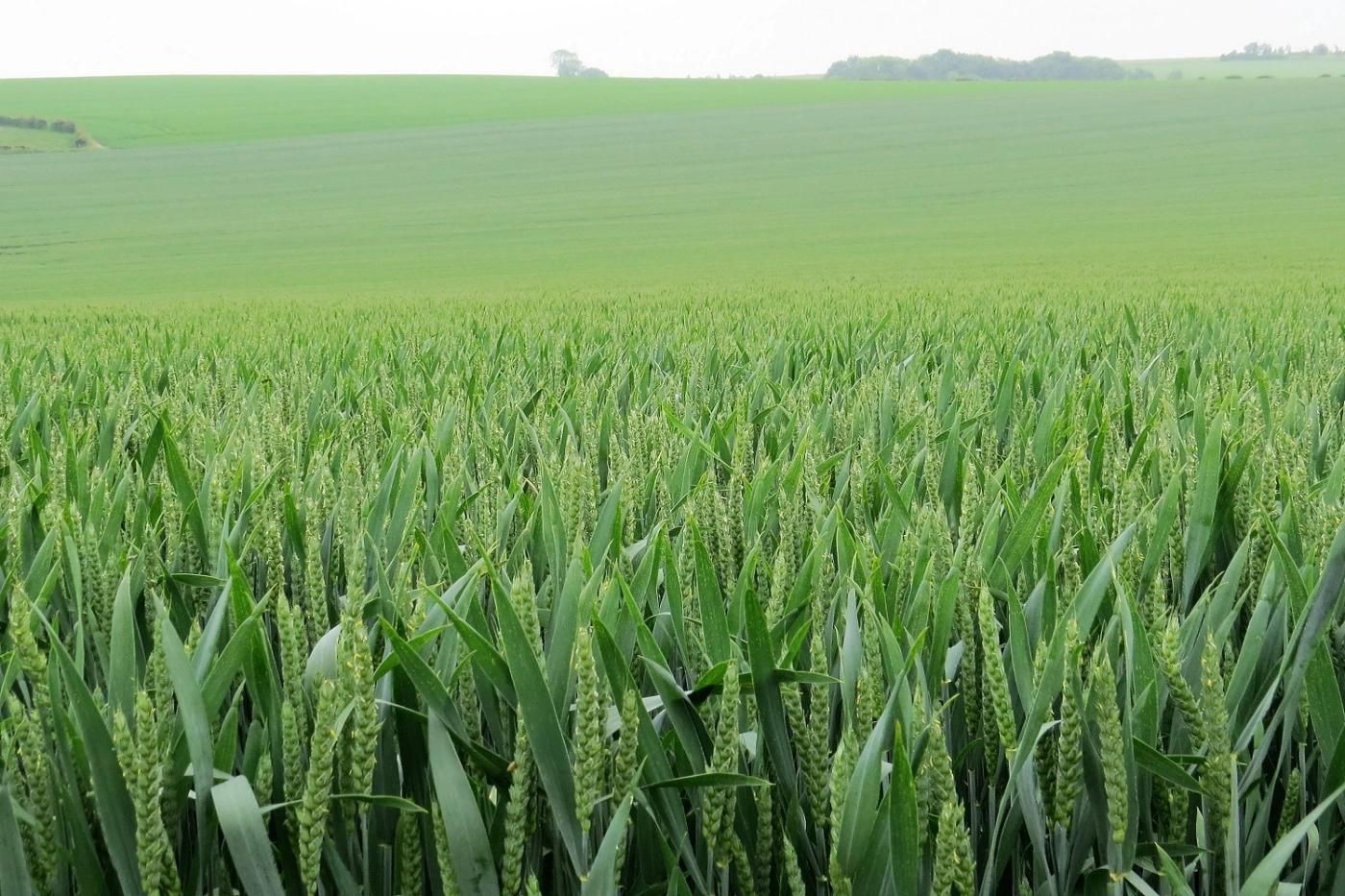

Garden Essentials
Define Fallow And Describe How It Relates To Crop Rotation. Ap Human
Modified: March 15, 2024
Learn about fallow and how it's important in crop rotation for your garden. Understand the benefits and reasons to incorporate fallow periods in your agricultural practices.
(Many of the links in this article redirect to a specific reviewed product. Your purchase of these products through affiliate links helps to generate commission for Storables.com, at no extra cost. Learn more)
Introduction
Welcome to the world of agriculture, where farmers and gardeners utilize various techniques to optimize their crop yields and promote soil health. One important practice in this field is crop rotation – the systematic rotation of different crops in a specific sequence. In this article, we will explore the concept of fallow and its relationship to crop rotation.
Crop rotation has been practiced for centuries across different cultures and regions. It involves the strategic planting of different crops in a specific order, allowing for the replenishment of nutrients in the soil, control of pests and diseases, and overall improvement of crop quality and yield. One key aspect of crop rotation is the utilization of fallow periods.
Fallow refers to the practice of leaving a piece of land uncultivated or unplanted with crops for a specific duration of time. During the fallow period, the land is given a chance to rest and regenerate its nutrients. This rest period is essential for maintaining soil fertility and preventing soil erosion, depletion, and degradation.
In ancient agricultural practices, fallow periods were often extended, lasting up to several years. This allowed nature to replenish the soil’s nutrients and restore its productivity. However, with the advancement in farming techniques and the need for increased food production, fallow periods have become shorter or even eliminated in some cases.
Despite this, fallow remains an integral part of the crop rotation strategy. It helps break the cycle of continuous cultivation of the same crop, which can lead to a decline in crop yield and increased susceptibility to pests and diseases. By incorporating fallow periods into crop rotation, farmers can reap numerous benefits for their crops and the overall sustainability of the farm.
In the following sections of this article, we will delve deeper into the importance of crop rotation in agriculture, elaborate on the relationship between fallow and crop rotation, and explore the benefits of fallow in the context of crop rotation. We will also discuss different types of fallow and highlight some examples of fallow and crop rotation practices from around the world. So, let’s dig into the fascinating world of fallow and crop rotation, and uncover the secrets behind their success!
Key Takeaways:
- Fallow periods give the land a break to rest and restore its nutrients, helping farmers grow healthier crops and prevent soil erosion.
- Crop rotation and fallow practices work together to control pests, manage weeds, and improve soil health, ensuring sustainable and productive farming.
Definition of Fallow
In the agricultural realm, fallow refers to the practice of deliberately leaving a piece of land unplanted with crops for a certain period of time. This period allows the land to rest and rejuvenate, replenishing its nutrients and organic matter. The duration of the fallow period varies depending on factors such as climate, soil conditions, and farming techniques.
During the fallow period, the land is generally left without any cultivation or crops. This allows the soil to naturally regenerate, promoting the growth of beneficial microorganisms, enhancing soil structure, and improving nutrient availability. Fallow periods can range from a few months to several years, depending on the specific goals and requirements of the farming system.
It is important to note that fallow is not synonymous with leaving the land completely idle. Instead, it involves the implementation of various land management practices to maximize soil health and productivity. Farmers may engage in activities such as cover cropping, green manuring, or soil amendments during the fallow period to enhance soil fertility and control weeds.
The concept of fallow has been practiced for centuries, with evidence of its use dating back to ancient civilizations. In traditional agricultural systems, fallow periods were typically longer, ranging from 2 to 15 years. This extensive fallow allowed the land to naturally recover and restore its productivity, ensuring sustainable farming practices.
However, with the advent of modern agricultural techniques and the need to increase food production to feed a growing population, the length of fallow periods has significantly reduced. In many contemporary farming systems, fallow periods may last only a few months or even be eliminated altogether, as alternative practices like crop rotation and the use of fertilizers and pesticides have become more prevalent.
Despite the decrease in fallow duration, the underlying principle remains the same: giving the land a break from continuous cultivation to prevent soil exhaustion and maintain long-term soil fertility.
In the next section, we will explore the importance of crop rotation in agriculture and how fallow is intricately linked to this practice.
Importance of Crop Rotation in Agriculture
Crop rotation is a fundamental practice in agriculture that involves growing different crops in a sequential pattern on the same piece of land. This agricultural strategy offers a myriad of benefits, contributing to sustainable and productive farming systems. Let’s explore the importance of crop rotation in more detail:
1. Nutrient Management: Each crop has unique nutrient requirements. Through crop rotation, farmers can optimize nutrient usage and prevent the depletion of specific nutrients in the soil. For example, legumes like peas and beans have the ability to fix nitrogen from the atmosphere, enriching the soil for subsequent crops that have higher nitrogen demands.
2. Soil Health and Fertility: Continuous cultivation of the same crop can lead to the build-up of pests, diseases, and weeds specific to that crop. By rotating crops, farmers disrupt the life cycles of these organisms, reducing the risk of infestations and diseases. Additionally, crop rotation improves soil structure, increases organic matter content, and enhances microbial activity, resulting in healthier and more fertile soils.
3. Pest and Disease Management: Different crops have varying susceptibilities to pests and diseases. By rotating crops, farmers can break the cycle of recurring pest and disease problems. For instance, a crop that is susceptible to a particular pest can be followed by a crop that is less attractive or resilient to that pest. This reduces the need for chemical pesticides and promotes natural pest control methods.
4. Weed Control: Crop rotation disrupts the life cycles of weeds, preventing the build-up of specific weed species. Different crops may utilize different nutrients or occupy different levels of the soil profile, making it harder for weeds to establish and compete for resources. This reduces the reliance on herbicides and promotes more sustainable weed management practices.
5. Climate Adaptation: Crop rotation can help mitigate the impact of climate change by diversifying the types of crops grown. By planting a variety of crops, farmers can adapt to changing climatic conditions, such as drought or excessive rainfall, as different crops have varying tolerances to environmental stressors. This improves the resilience of the farming system and ensures consistent yields in the face of climate uncertainties.
6. Economic Benefits: Crop rotation can lead to increased profitability for farmers. With proper planning and selection of crops, farmers can achieve higher yields, reduced input costs, and improved market opportunities. Additionally, crop rotation can extend the productive lifespan of the land, preventing soil degradation and reducing the need for expensive soil restoration measures.
Crop rotation is a versatile and valuable tool for farmers and gardeners. It promotes ecological balance, enhances soil health, and contributes to sustainable and profitable agricultural practices. In the next section, we will explore the relationship between fallow and crop rotation, and the role of fallow periods in optimizing crop rotation strategies.
Relationship between Fallow and Crop Rotation
The relationship between fallow and crop rotation is a symbiotic one, as fallow periods play a crucial role in optimizing and enhancing the effectiveness of crop rotation strategies. Let’s delve into this relationship:
Crop rotation involves the systematic rotation of different crops on the same piece of land over time. This practice is aimed at improving soil health, controlling pests and diseases, and maximizing crop yield. Fallow periods, on the other hand, refer to the intentional resting or leaving of the land unplanted with crops for a specific duration.
During fallow periods, the land has an opportunity to rejuvenate, replenishing vital nutrients, improving soil structure, and reducing the population of pests and diseases. This rest period is pivotal in maintaining long-term soil fertility and preventing the negative impacts of continuous cultivation.
When implementing a crop rotation plan, fallow periods are strategically integrated into the sequence of crops. The length of the fallow period and the crops chosen for rotation depend on factors such as soil condition, climatic conditions, and the specific goals of the farmer.
One common approach to crop rotation is incorporating a fallow period after a particular crop or a group of crops. This fallow period allows the soil to recover and replenish, reducing the risk of nutrient depletion and the buildup of pests and diseases associated with those specific crops.
For example, after planting a nutrient-demanding crop, such as corn, a fallow period can be implemented to restore the soil’s nutrient levels. During this fallow period, farmers may choose to plant cover crops, such as legumes or grasses, that help fix nitrogen and add organic matter back into the soil.
In some cases, fallow periods are replaced with the cultivation of green manure crops. These crops are specifically grown to be incorporated into the soil, adding organic matter and nutrients during crop rotation cycles. Green manure crops, like clover or alfalfa, can help improve soil structure and increase overall soil fertility.
Furthermore, crop rotation may include the use of cover crops during the growing season of certain cash crops. These cover crops provide benefits similar to fallow periods, acting as living mulches, suppressing weed growth, preventing soil erosion, and enhancing soil health.
The integration of fallow periods in crop rotation contributes to the overall success of the farming system by promoting sustainable and regenerative practices. It helps break pest and disease cycles, reduces the reliance on synthetic fertilizers and pesticides, and ensures the long-term productivity of the land.
In the next section, we will explore the benefits of fallow periods in the context of crop rotation, and discuss different types of fallow practices employed by farmers around the world.
Fallow is when a field is left unplanted to rest and restore nutrients. It’s important in crop rotation to maintain soil health and prevent disease.
Benefits of Fallow in Crop Rotation
Fallow periods play a critical role in crop rotation, offering numerous benefits that contribute to the overall success and sustainability of agricultural practices. Let’s delve into the advantages of fallow in the context of crop rotation:
1. Soil Nutrient Replenishment: Fallow periods allow the soil to restore its nutrient levels naturally. During this time, organic matter breaks down, releasing nutrients that were previously unavailable to plants. Additionally, cover crops or green manure crops planted during fallow periods can add nutrients back into the soil, enhancing its fertility for subsequent crops.
2. Pest and Disease Control: Fallow periods disrupt the life cycles of pests and diseases that may have built up during the cultivation of a specific crop. By depriving them of their preferred host plant, populations of pests and pathogens diminish, reducing the need for chemical interventions and promoting natural pest control methods.
3. Weed Suppression: Fallow periods hinder the growth and spread of weeds. When the land is left unplanted, sunlight is no longer reaching the soil surface, depriving weed seeds of the light they need to germinate. Additionally, fallow periods can be utilized to implement practices such as cover cropping, which creates a dense canopy that outcompetes weeds, effectively suppressing their growth.
4. Soil Erosion Prevention: Fallow periods help prevent soil erosion by providing time for the land to recover its vegetation cover. Vegetation acts as a natural barrier, absorbing the energy of raindrops and reducing the impact on the soil surface, thus preventing soil erosion caused by water runoff.
5. Organic Matter Accumulation: Fallow periods facilitate the accumulation of organic matter in the soil. Organic matter improves soil structure, allowing for better water retention and nutrient exchange. It also provides a food source for beneficial soil microorganisms, enhancing overall soil health and fertility.
6. Water Conservation: Fallow periods can contribute to water conservation efforts. During the fallow period, there is no irrigation or water uptake by plants, allowing water resources to be managed more efficiently. Additionally, the improved soil structure resulting from fallow can better retain moisture, reducing the need for excessive irrigation in subsequent crop cycles.
7. Increased Biodiversity: By incorporating fallow periods into crop rotation, farmers promote biodiversity on their land. The growth of cover crops or allowing natural vegetation to flourish during fallow attracts beneficial insects, birds, and other wildlife, creating a more balanced and resilient ecosystem.
8. Enhanced Crop Yields: Ultimately, the combination of fallow periods and crop rotation is designed to optimize crop yields. By utilizing fallow strategically, farmers can improve soil health and nutrient availability, control pests and diseases, manage weeds, and foster overall favorable growing conditions, leading to increased yields in subsequent crop cycles.
The benefits of fallow in crop rotation demonstrate its significance in maintaining the long-term productivity and sustainability of agricultural systems. In the next section, we will explore different types of fallow practices that farmers employ worldwide to achieve these benefits.
Types of Fallow in Crop Rotation
In crop rotation, fallow periods are implemented to allow the land to rest and regenerate. Farmers employ different types of fallow practices based on their specific goals, resources, and farming techniques. Let’s explore some common types of fallow in crop rotation:
1. Bare Fallow: This type of fallow involves leaving the land completely uncultivated and devoid of any vegetation. No cover crops or green manure crops are grown during this period. Bare fallow is typically employed to control weeds and reduce the build-up of pests and diseases associated with specific crops. However, it may result in soil erosion and nutrient depletion due to the lack of organic matter.
2. Green Fallow: Green fallow involves growing cover crops or green manure crops during the fallow period. These crops are selected for their ability to enrich the soil with organic matter, fix nutrients (such as nitrogen), prevent weed growth, and enhance soil structure. Green fallow helps maintain soil fertility and prevents erosion, while also providing additional benefits such as attracting beneficial insects and improving water infiltration.
3. Legume Fallow: Legume fallow is a specific type of fallow that emphasizes the use of legume crops during the fallow period. Legumes, such as peas, beans, or clover, have the unique ability to fix nitrogen from the atmosphere and incorporate it into the soil. This helps to replenish soil nutrients, particularly nitrogen, which is essential for plant growth. Legume fallow can be particularly valuable in areas with nitrogen-deficient soils.
4. summer fallow: Summer fallow is a type of fallow practiced in regions with dry summers. It involves leaving the land unplanted during the summer months when water availability is limited. This allows the soil to conserve moisture for future crops. Farmers may implement soil conservation techniques, such as minimum tillage or mulching, to further reduce moisture loss and control weed growth during the summer fallow period.
5. winter Fallow: Winter fallow is the opposite of summer fallow and is practiced in areas with harsh winters or periods of heavy rainfall. This type of fallow involves leaving the land unplanted during the winter months to prevent damage from freezing temperatures or excess moisture. Winter fallow allows the soil to rest and recover, preparing it for planting in the following growing season.
6. Continuous Crop Rotation: Instead of employing distinct fallow periods, some farmers prefer a continuous crop rotation approach. In this method, a diverse sequence of crops is utilized on the same field without any dedicated fallow periods. The rotation is carefully planned to maintain soil fertility, manage pests and diseases, and control weed growth. Continuous crop rotation can be highly effective in maximizing land productivity while eliminating the need for extended fallow periods.
It’s important to note that the choice of fallow practice depends on various factors including climate, soil characteristics, agricultural goals, and available resources. Farmers employ different types of fallow to address specific issues related to soil health, nutrient management, pest control, and weed suppression.
In the next section, we will explore some examples of fallow and crop rotation practices from around the world, showcasing the diversity and effectiveness of these agricultural techniques.
Examples of Fallow and Crop Rotation Practices Around the World
Fallow and crop rotation practices vary across different regions and climates, as they are influenced by factors such as traditional farming methods, local soil conditions, and cultural practices. Here are some examples of fallow and crop rotation practices from various parts of the world:
1. Three-Field System (Europe): Historically, in Europe, the three-field system was widely practiced during the Middle Ages. This rotation system involved dividing the arable land into three sections. One section was planted with a winter cereal crop, another with a spring cereal crop, and the third section was left fallow. The fallow period allowed the soil to rest and recuperate, ensuring better crop yields in subsequent years.
2. Milpa System (Mesoamerica): In Mesoamerica, particularly in regions like Mexico and Guatemala, the traditional milpa system has been practiced for centuries. This involves a rotating cycle of corn, beans, and squash. The beans enrich the soil with nitrogen, while the sprawling squash plants act as a natural ground cover, suppressing weeds and conserving soil moisture. This traditional system exemplifies the synergy between different crops and the continuous use of fallow within the rotation cycle.
3. Jhum Cultivation (Northeast India): Jhum cultivation, also known as shifting agriculture or slash-and-burn farming, is practiced by indigenous communities in Northeast India, as well as in other parts of the world. This involves clearing a patch of land, burning the vegetation, and cultivating crops for a few years until the soil fertility declines. Then, the land is left fallow to regenerate naturally, and the farmers move on to a new plot. This cycle allows for natural reforestation, with fallow periods ranging from several years to several decades.
4. Rice-Paddy Rotation (Asia): In Asian countries like China, Japan, and Korea, a common crop rotation practice involves the alternation of rice paddies with other crops, such as legumes or vegetables. After the rice harvest, the paddy fields may be left fallow to allow natural regeneration or be used for the cultivation of other crops. This practice helps maintain fertility, control pests and diseases, and optimize the use of water resources.
5. Conservation Agriculture (North America): In North America, specifically in regions such as the Great Plains, conservation agriculture practices have gained prominence. This approach involves reducing or eliminating the use of plowing and maintaining a constant soil cover, such as through cover cropping or the use of crop residues. These practices help improve soil structure, retain moisture, control erosion, and enhance the natural processes of nutrient cycling and pest control.
6. Organic Farming (Global): Organic farming methods implemented around the world often incorporate crop rotation and fallow practices. Organic farmers rotate crops to manage pests and diseases, and improve soil health and fertility by using cover crops, green manure crops, and fallow periods. This approach reduces reliance on synthetic inputs and promotes sustainable and environmentally friendly agriculture.
These examples highlight the diverse range of fallow and crop rotation practices used across different regions. Although the specific crops and techniques may vary, the underlying principles remain consistent, centered around soil conservation, nutrient management, pest control, and sustainable land use.
As we conclude our exploration of fallow and crop rotation practices, it is evident that these agricultural techniques play a vital role in maintaining soil health, enhancing crop yields, and ensuring the long-term sustainability of farming systems.
Conclusion
Fallow and crop rotation practices have been employed for centuries by farmers and gardeners worldwide, shaping the way we cultivate the land and manage our agricultural systems. These practices offer numerous benefits that contribute to sustainable and productive farming.
Crop rotation, with its systematic rotation of crops in a particular sequence, allows for optimal nutrient management, pest and disease control, weed suppression, and climate adaptation. It promotes soil health, enhances biodiversity, and increases crop yields while reducing reliance on synthetic inputs. Fallow periods within crop rotation provide crucial rest periods for the land, allowing it to replenish nutrients, control pests and diseases, and restore overall soil fertility.
The types of fallow used in crop rotation vary, with practices such as bare fallow, green fallow, legume fallow, and seasonal fallow. Each type serves a specific purpose, whether it’s weed suppression, organic matter accumulation, soil erosion prevention, or nutrient replenishment. These fallow periods contribute to the overall success of crop rotation by providing the land with an opportunity to regenerate and prepare for the next cropping season.
Examples of fallow and crop rotation practices from different regions showcase the diversity and effectiveness of these agricultural techniques. From the three-field system in Europe to the milpa system in Mesoamerica, farmers have found creative and sustainable ways to rotate crops and incorporate fallow periods into their farming systems.
In conclusion, fallow and crop rotation are powerful tools that promote soil health, biodiversity, and long-term sustainability in agriculture. By implementing these practices, farmers can enhance soil fertility, reduce the impact of pests and diseases, conserve water resources, and optimize crop yields. It is crucial for farmers, gardeners, and policymakers to recognize and support the implementation of fallow and crop rotation practices to ensure the continued success of our agricultural systems and the preservation of our precious land resources.
Frequently Asked Questions about Define Fallow And Describe How It Relates To Crop Rotation. Ap Human
Was this page helpful?
At Storables.com, we guarantee accurate and reliable information. Our content, validated by Expert Board Contributors, is crafted following stringent Editorial Policies. We're committed to providing you with well-researched, expert-backed insights for all your informational needs.
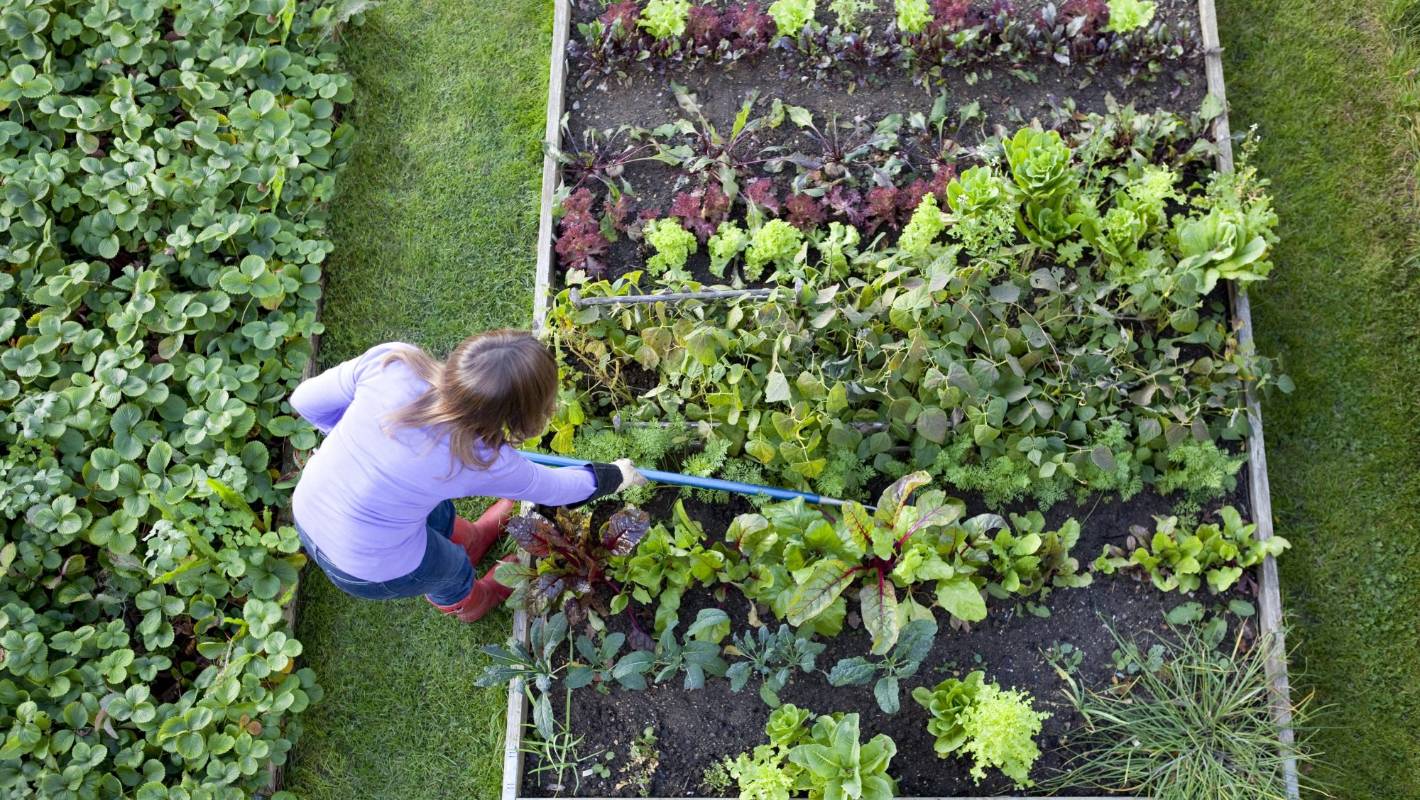
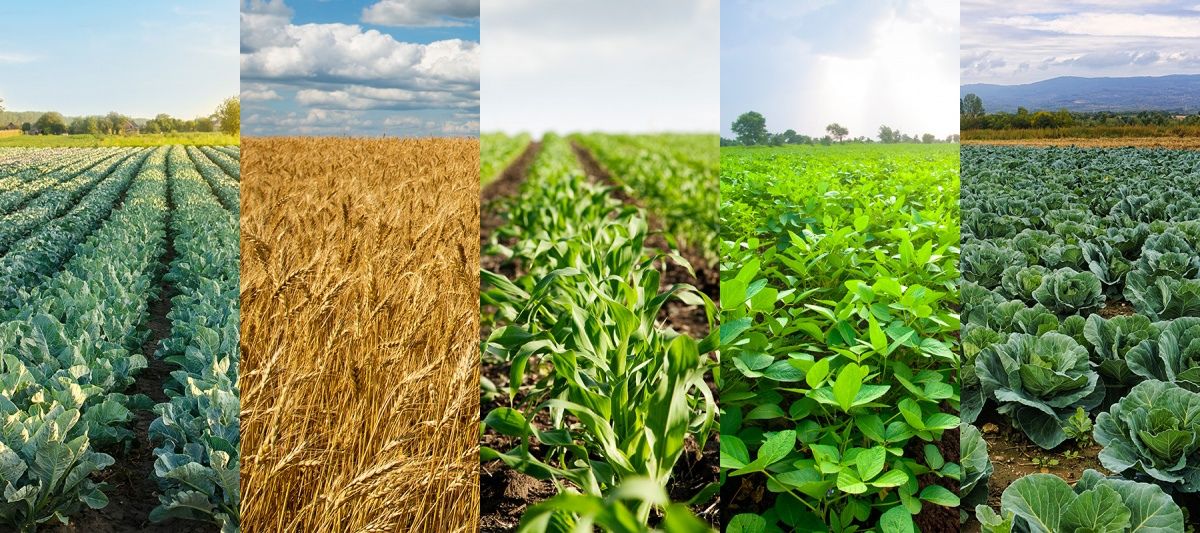

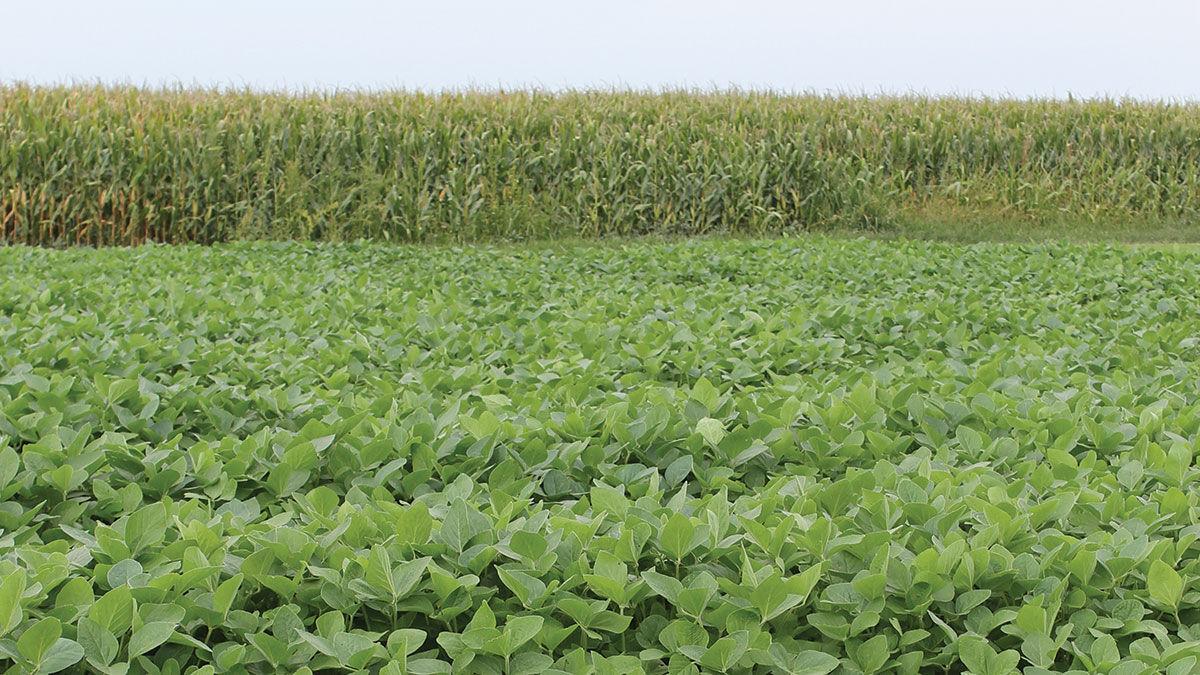


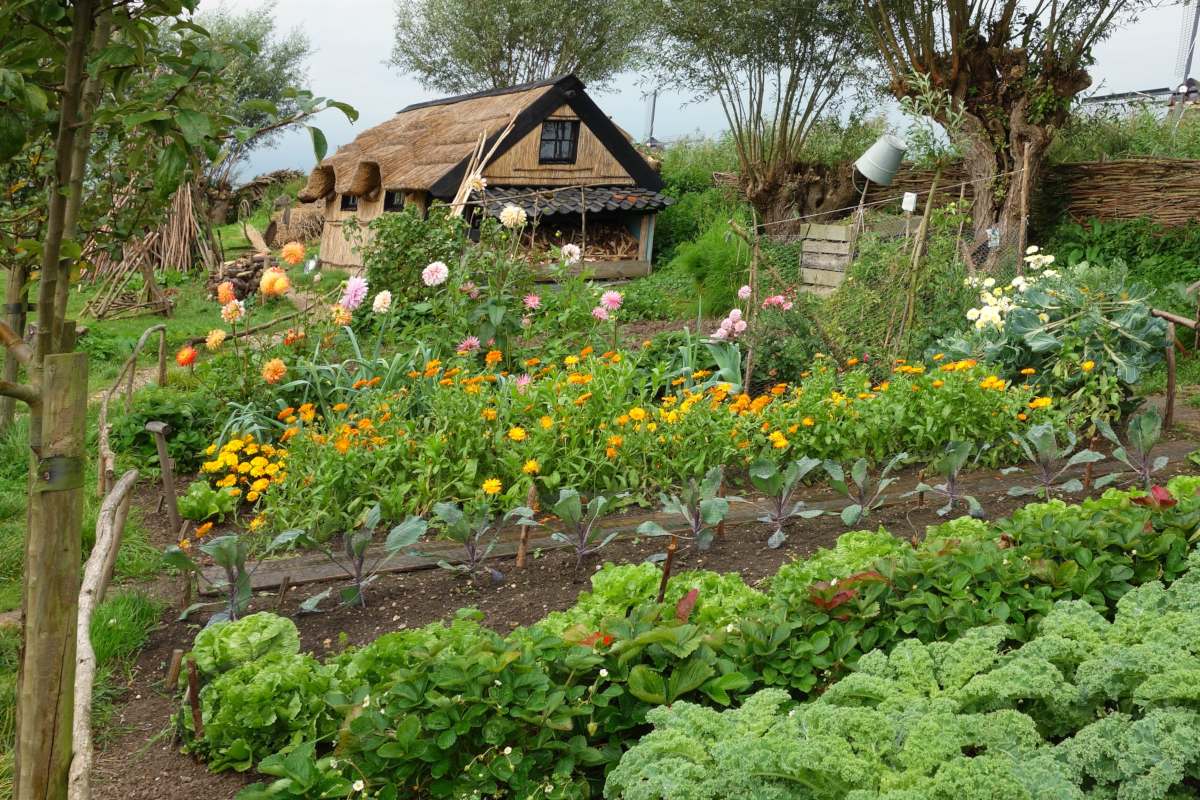



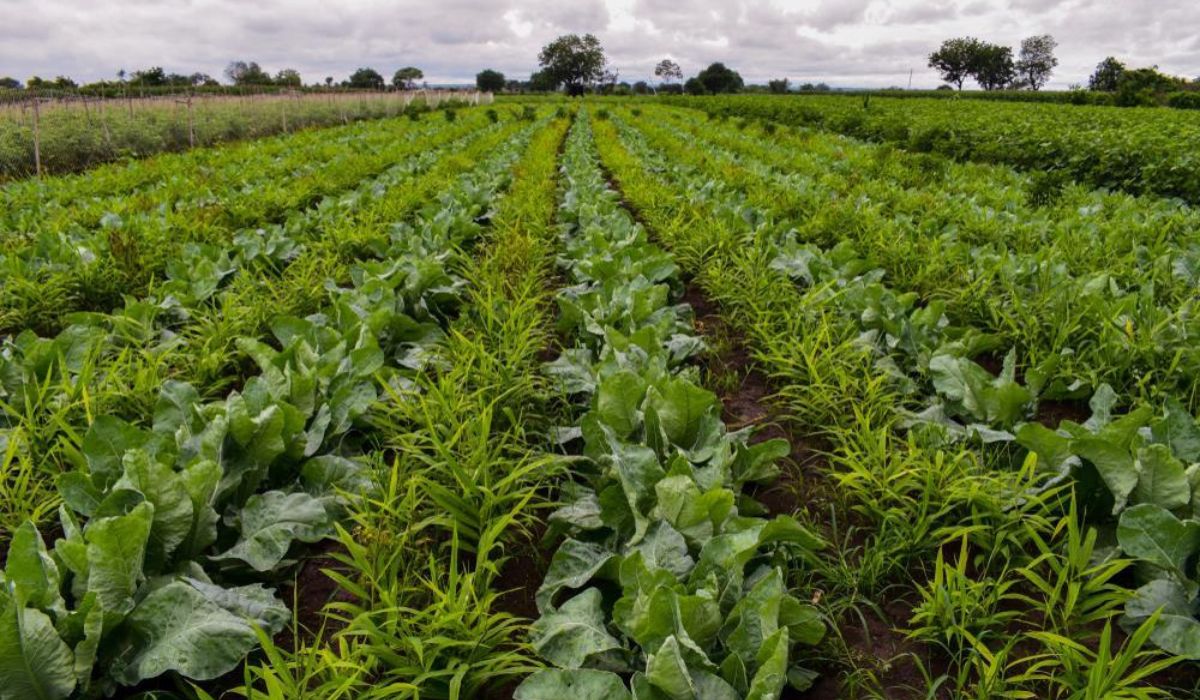

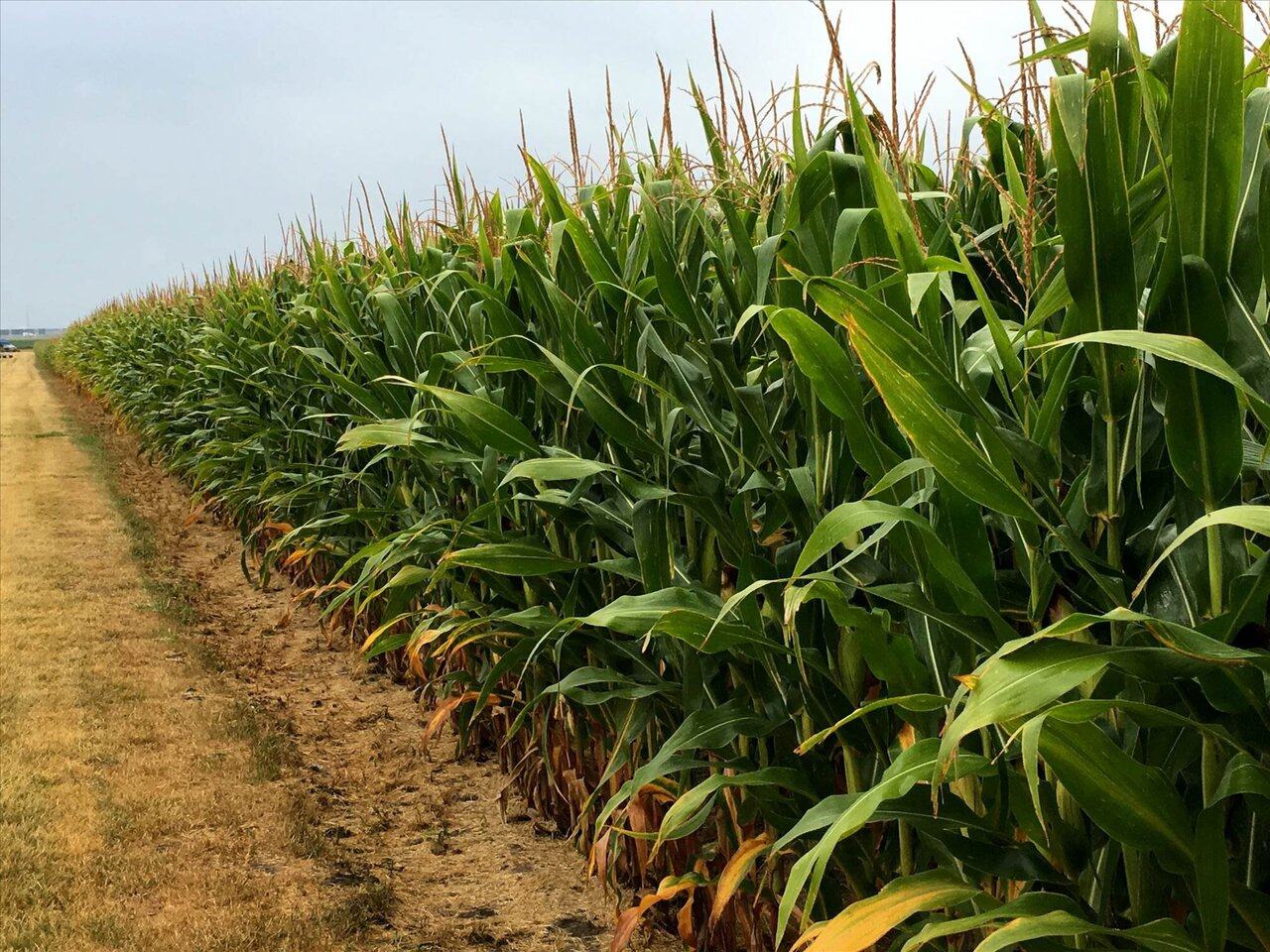
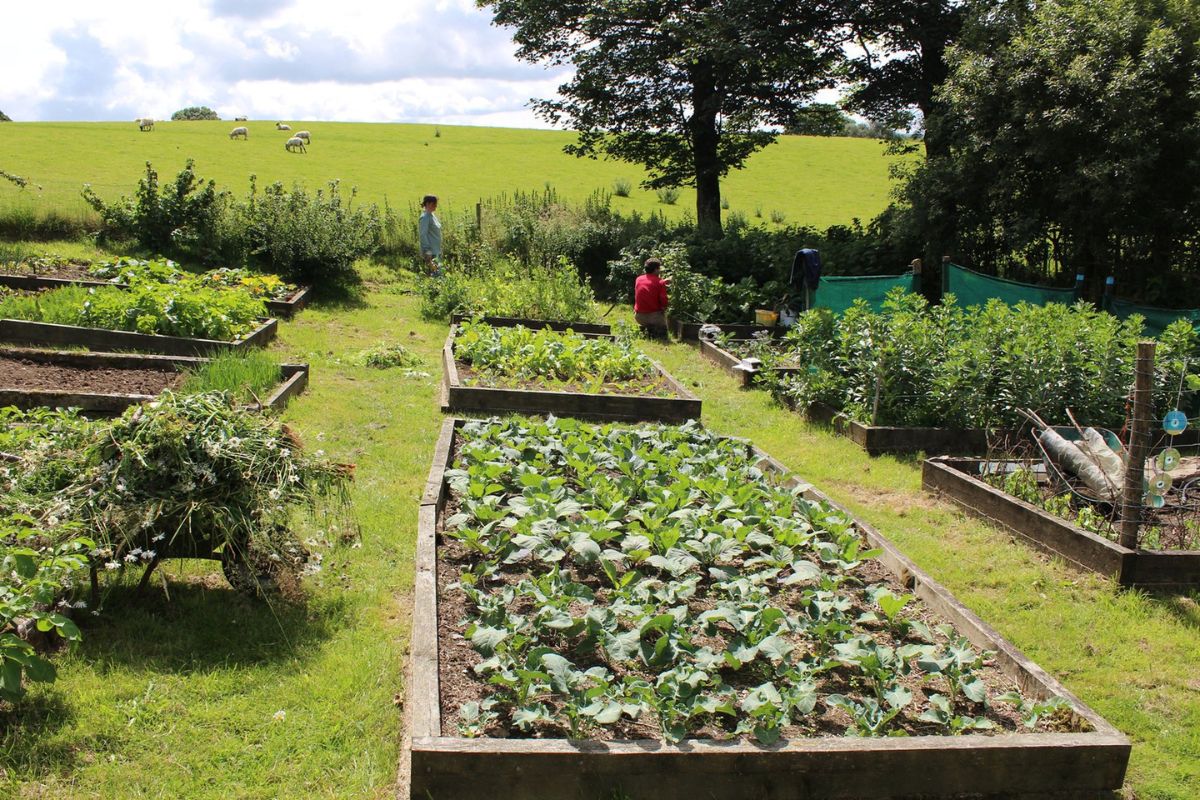

0 thoughts on “Define Fallow And Describe How It Relates To Crop Rotation. Ap Human”